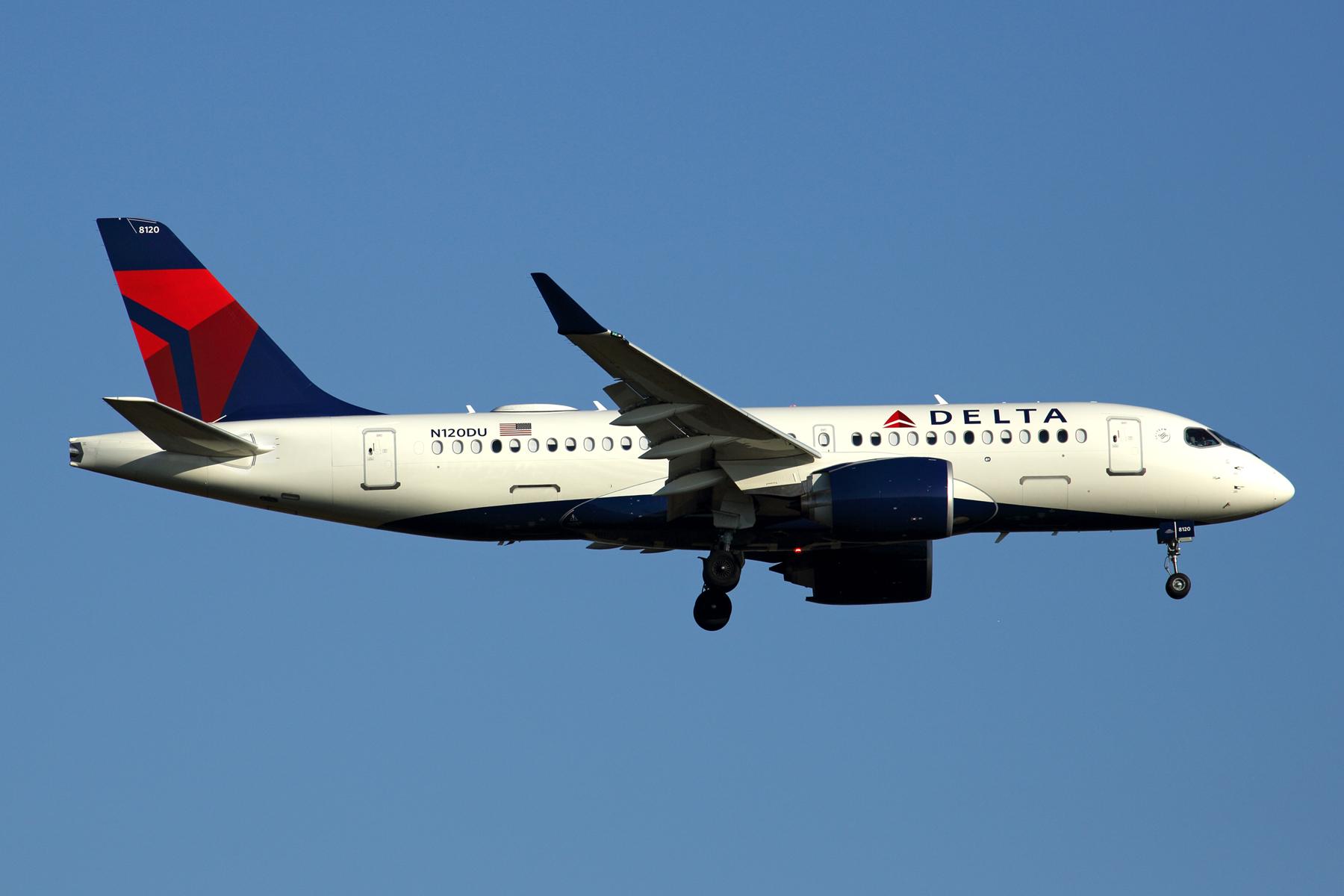
The largest U.S. airlines intend to capitalize on a modest rebound in domestic leisure travel, as they reorient operations for a multi-year pandemic recovery.
U.S. carriers have seen demand rise off a very low base level after falling to record lows in April, with the latest U.S. Transportation Security Administration (TSA) data showing more than 250,000 passengers traveled on May 17, compared to less than 100,000 screened on a typical day last month. While that growth is promising, it is only a small fraction of the more than 2 million people who passed through TSA on the average day last year, illustrating the depths of the challenge facing the U.S. air travel industry.
Delta Air Lines is adding 100 flights in June to ensure it has enough seats to respond in markets where demand is improving, while adhering to the 60% load factor cap it placed across its operation. Delta CFO Paul Jacobson said the company has finally begun seeing some days of positive net sales, with new bookings once again outpacing cancellations. Still, he cautioned against drawing premature conclusions, warning that “we really can’t afford any false starts.”
“We think this is really driven by an uptick in leisure bookings for domestic travel in June and July. But we have to be careful that those bookings actually translate into trips,” Jacobson said May 19 on an investor webcast hosted by Wolfe Research Group MD and senior analyst, Airlines, Aerospace & Defense, Hunter Keay.
American Airlines management, addressing the same conference, also reported “modest improvement” in domestic demand, with leisure travel expected to continue outperforming corporate in the initial stages of recovery. Executives plan to leverage the “incredibly strong connectivity” of the carrier’s domestic hubs while international demand remains depressed by the pandemic.
“We’re pretty well-situated, in terms of our assets, to take advantage of a domestic rebound. And we do anticipate it will be a domestic focus,” American president Robert Isom said.
United Airlines has also seen a reduction in customer cancellation rates, accompanied by a “moderate improvement” in demand for domestic travel. As such, the Chicago-based company will reduce capacity cuts to 75% in June from 85-90% previously. “Load factors are returning to the zip code of reasonableness,” United chief commercial officer Andrew Nocella said.
Southwest did not present at the conference but reported in a securities filing that month-to-date net bookings have turned positive through May 18. The Dallas-based carrier expects June operating revenue losses to shrink to between 80% and 85% year-over-year from 95% in April, while load factors will rise to a range of 35-45%.
With a recovery expected to last between three and five years, the largest U.S. carriers are retiring a host of older and less-efficient planes to keep a lid on costs. American, for example, has accelerated retirement of four mainline fleet types—Airbus A330-300s, Boeing 757s and 767s and Embraer E190s—and numerous older regional jets including all its Bombardier CRJ200s. The Fort-Worth based airline has recently shifted numerous other aircraft into long-term storage, including its remaining A330-200s and some older 737s.
Isom said American has whittled down its fleet to between 10 and 15 sub-fleet types, from as many as 100 different variants and configurations operated simultaneously in years past. On the widebody front, the company is operating just two types—the 777 and 787—while it plans to eventually replace some widebody flying across the Atlantic with the A321XLR. After taking delivery of some additional 787s, the carrier has no additional orders for widebody aircraft.
Delta, meanwhile, will begin retiring its MD-88, MD-90 and 777 fleets, leaving it with 25 aircraft variants spanning 13 fleet families. Jacobson said exiting those fleets will “structurally change” the company’s cost and performance, further driving cash generation throughout the recovery.
United is the odd man out among the three legacy carriers, having not announced any aircraft retirement decisions since the onset of the coronavirus crisis. Management has indicated, however, that a host of 757s and 767s currently sitting in long-term storage will likely be among the first to go when such a decision is reached.





